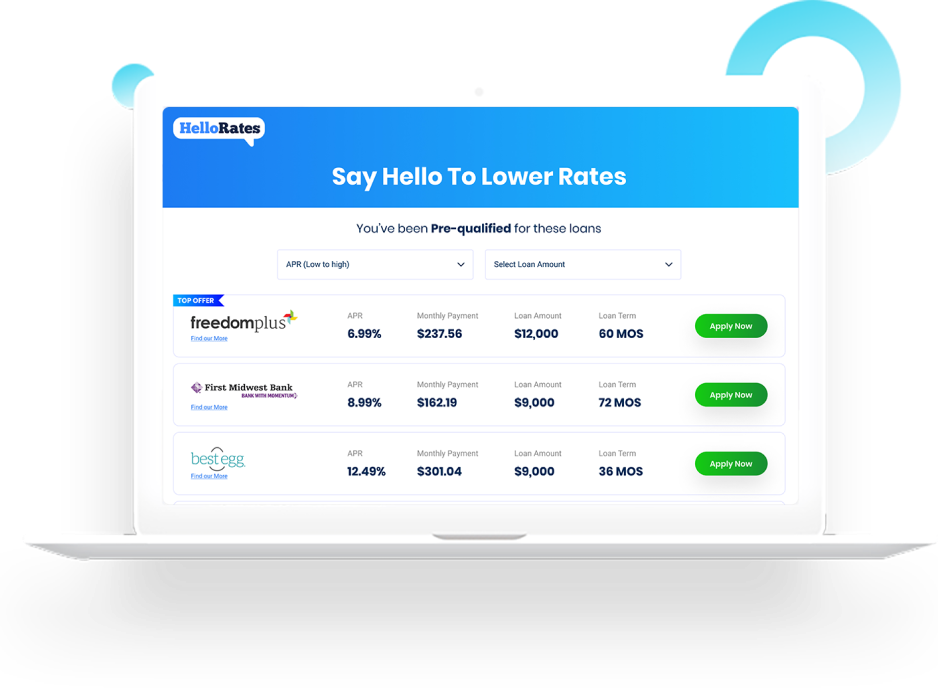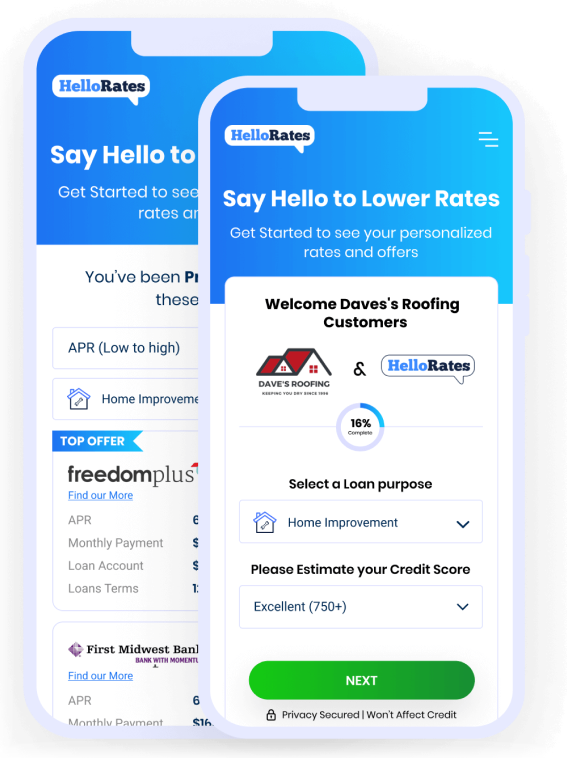Working capital financing is a crucial aspect of any business, as it provides the necessary funds to cover day-to-day operational expenses. It refers to the capital required to meet short-term obligations, such as paying suppliers, managing inventory, and covering employee salaries. Many businesses face challenges in maintaining adequate working capital, especially during periods of growth or economic downturns. This is where working capital financing comes into play, offering numerous advantages that can help businesses thrive and succeed.
One of the key advantages of working capital financing is improved cash flow management. By securing additional funds, businesses can ensure a steady cash flow, which is essential for meeting immediate financial obligations. This allows businesses to pay suppliers on time, avoid late payment penalties, and maintain good relationships with vendors. Moreover, having sufficient working capital enables businesses to take advantage of early payment discounts, reducing overall costs and improving profitability.
Another advantage of working capital financing is the ability to manage inventory effectively. Inventory management is crucial for businesses, as excessive inventory ties up valuable capital, while insufficient inventory can lead to lost sales opportunities. With working capital financing, businesses can optimize their inventory levels, ensuring they have enough stock to meet customer demand without tying up excessive funds. This flexibility allows businesses to respond quickly to market changes and customer preferences, ultimately enhancing their competitiveness.
Working capital financing also provides businesses with the opportunity to invest in growth and expansion. Whether it’s expanding product lines, entering new markets, or investing in marketing and advertising campaigns, having access to additional capital can fuel business growth. By leveraging working capital financing, businesses can seize growth opportunities, increase market share, and ultimately boost their bottom line. This advantage is particularly valuable for small and medium-sized enterprises (SMEs) that may struggle to secure traditional financing options.
Furthermore, working capital financing can help businesses navigate through economic downturns or seasonal fluctuations. During challenging times, businesses may experience a decline in sales or face unexpected expenses. Having access to working capital financing can provide a safety net, allowing businesses to cover their expenses and maintain operations until the situation improves. This can prevent businesses from resorting to drastic measures, such as layoffs or downsizing, and help them weather the storm more effectively.
In addition to these advantages, working capital financing can also improve a business’s creditworthiness. By demonstrating a strong cash flow and the ability to meet financial obligations, businesses can enhance their credit profile. This can lead to better terms and conditions when seeking additional financing in the future, such as lower interest rates or higher credit limits. Moreover, a healthy working capital position can instill confidence in suppliers, customers, and investors, strengthening business relationships and attracting potential partners.
In conclusion, working capital financing offers numerous advantages that can significantly benefit businesses of all sizes and industries. From improved cash flow management and effective inventory control to fueling growth and navigating economic uncertainties, working capital financing plays a vital role in ensuring business success. By leveraging this financing option, businesses can optimize their operations, seize growth opportunities, and enhance their overall financial health. Therefore, it is crucial for businesses to explore working capital financing options and choose the one that best suits their specific needs and goals.





 in Charleston, SC
in Charleston, SC